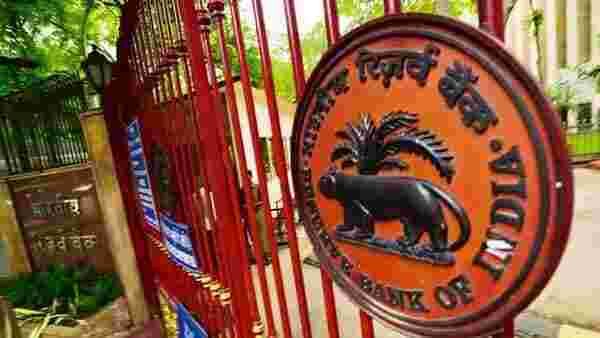Tamil Nadu has not availed itself of short-term borrowing facilities from the Reserve Bank of India (RBI) from the 2016 fiscal till date. According to experts, it is an indication that the State has adequate liquidity.
The Reserve Bank of India provides financial assistance to States in the form of Ways and Means Advances (WMA). This helps States overcome temporary mismatches in cash flow of their receipts and payments. The RBI fixes WMA limits for each State. In addition, States could utilise the Special Drawing Facility (SDF) by providing government securities as collateral.
If a State exceeds its WMA and SDF limits, it could also avail itself of the overdraft (OD) facility from the RBI.
States have to pay interest for availing themselves of SDF, WMA and OD facility, which is linked to the repo rate, and the interest is charged for all the days the advance remains outstanding. For instance, under WMA facility, if a State has an advance outstanding for up to 3 months, the interest rate will be the repo rate, and if it exceeds three months, the interest rate would be the repo rate plus 1%.
In 2016, the WMA for Tamil Nadu was revised to ₹2,475 crore. To help States tide over the crisis caused by the COVID-19 pandemic, the RBI, in April 2020, increased the WMA limits of States by 60%. As per this, Tamil Nadu’s limit was enhanced to ₹3,960 crore. The enhanced limit was extended and was made available to the States till March 31, 2022.
In April 2022, the RBI revised the WMA limits as per the recommendation of an Advisory Committee, taking into account the gradual lifting of COVID-19 restrictions. As per this, Tamil Nadu’s WMA limit was revised to ₹3,601 crore.
Tamil Nadu has preferred borrowing from the market through the issue of bonds known as State Development Loans (SDLs).
“WMA is taken only to cover up the short-term deficits in the funds, and it is not for the long term. And market borrowings are meant for a long term. Maybe Tamil Nadu did not feel the shortage with respect to the day-to-day functioning. It also indicates that the State has a better cash balance approach,” N.R. Bhanumurthy, Vice-Chancellor of Dr. B.R. Ambedkar School of Economics University, said.
State government officials said market borrowings helped in spacing out the debt repayment obligations over a longer period of time.
In addition to the Tamil Nadu government not availing itself of the WMA and OD facilities from the RBI, it had an investment of ₹13,166 crore in auction treasury-bills and ₹40 crore in government securities at the end of March 2022. Based on these indicators, the liquidity position of the State government can be inferred to be adequate during the recent years, according to ratings firm ICRA Ltd.
In the 2022 fiscal, Tamil Nadu’s net market borrowings (after adjusting for repayments) was ₹72,500 crore. For 2022-23, the State has budgeted net borrowings of ₹90,116.52 crore, excluding a ₹6,500-crore loan from the Government of India towards a shortfall in GST compensation. So far, the net borrowing is a negative ₹622 crore.
Tamil Nadu Finance Minister Palanivel Thiaga Rajan recently said the State will become revenue-surplus in two years, and it would not crowd the debt market for borrowings.










